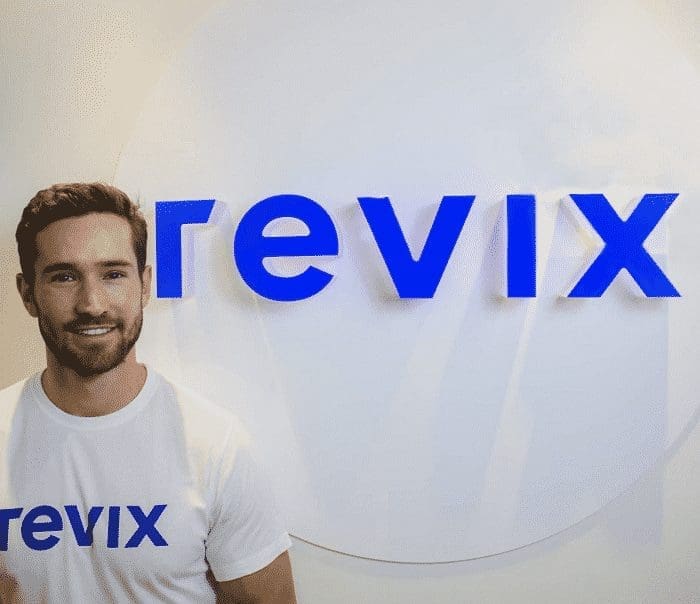With exponential growth of more than 1 300% over the last 12 months, Ether (ETH) the native cryptocurrency of the Ethereum blockchain, is rapidly moving up the digital currency ranks, with the potential to overtake Bitcoin’s market cap and become the largest cryptocurrency. It has also opened investors’ eyes to the fact that there is so much more to cryptocurrency than just Bitcoin, especially as Ethereum has substantially more to offer everyday consumers in terms of usability, writes Sean Sanders, CEO and co-founder of Revix.
It is safe to say that media interest – and investment – in Ethereum is at an all-time high, as Ether recently broke the $4 000 (R56 000) mark earlier this month after being valued at $250 (R3 500) at the start of 2020.
As more investors turn to Ethereum, the demand for it is seeing the price steadily rise. By early May the cryptocurrency reached its all-time high of $4 197
(at the time of writing) and many are expecting Ether to surpass $5 000 over the coming months. Sanders predicts that Ethereum will surpass Bitcoin in total market value before the end of the year, and will remain more valuable for the foreseeable future.
The reason for Ethereum’s exponential growth was two-fold. Firstly, an upgrade to the Ethereum blockchain has increased its operating speed and propelled Ether from a ‘Proof of Work’ phase to a ‘Proof of Stake’ phase, which makes the platform much more scalable and reduces the energy needed to run the network.
Add to this a $25 million investment in an Ethereum scaling solution from American venture capital firm, Andreessen Horowitz. The potential to scale – and very quickly – has also seen an increase in the frequency and value of transactions happening on the Ethereum blockchain. This, in turn, has driven up the price even further.
Ethereum is much more than just a cryptocurrency or a means of payment. Investors are not merely investing in cryptocurrency tokens as they would with Bitcoin, but rather buying into a network that offers more bang for their buck.
The Ethereum blockchain is built in such a manner that it allows for decentralised blockchain architecture – thousands of decentralised applications and programmes – to be built on top of it. You can liken the Ethereum blockchain to a highway, and these applications to cars that drive on the highway.
These decentralised applications can be used for various purposes and can provide provenance as well as a way to track products or services along a multitude of supply chains, such as Covid-19 vaccine rollouts. Real-world applications of Ethereum can also be used by everyday individuals to draw up smart agreements, classify title deeds, and trade non-fungible digital art and collectibles, to name a few.
All of this has also caused a ripple effect within the spot market – a public financial market where commodities, currencies, and securities are traded for immediate delivery – with Ethereum currently being traded more frequently than Bitcoin.
To help quantify Ether’s growth in 2021, it is close to three-fold that of Bitcoin’s, which plateaued at just under 100% growth. This has seen Bitcoin’s cryptocurrency market value fall from 85% to 46%. With this amplified uptake from investors, the demand within the general cryptocurrency landscape has increased, resulting in a self-fulfilling loop.
Further investor interest in Ethereum has, in part, come from the acceleration and increased adoption of DeFi (decentralised finance) that forgoes traditional financial intermediaries, such as banks to undertake all kinds of financial transactions. At present, around $66 billion is locked in various DeFi transactions globally.
Indeed, FinTechs and cryptocurrencies have immense potential to make banking, investing and wealth management smarter and easier, while making everyday services, many of which we often take for granted, much more accessible around the continent.
